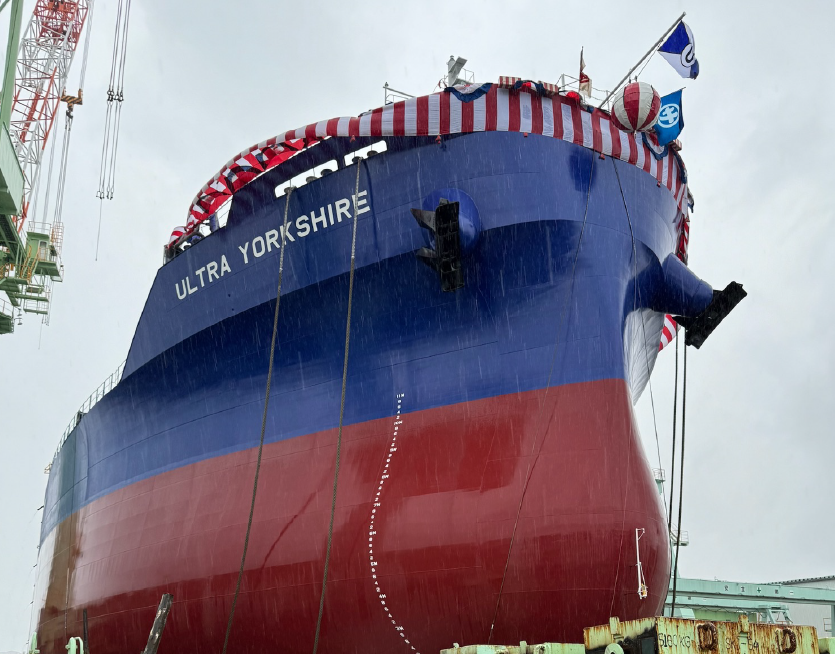Indeed, but this thread is partly about future proofing several Transpennine routes for any future intermodal routes. This is necessary in order to meet our climate targets.
Intermodal? Only 1 route is likely to be cleared for intermodal trains in the near future (via Huddersfield). The next route you'd send trains would be the Stoke-Derby line because the East Mids is where an awful lot of containers are heading.
Blackburn-Burnley. has load limits and is only W6. Skipton-Leeds struggles with the freight it has let alone adding any more.
I agree that perhaps it's a matter of the paperwork not being cost effective to complete, due to the lack of heavier loads able to continue further east (unless someone else with a senior role in the rail industry knows any different).
If it's just a paperwork issue why is Burnley-Colne a higher load limit, despite nothing being able to get to it (and there being no freight demand on that line)?
Class 66-hauled trains are limited to the following trailing weights between these points:
Blackburn to Gannow Jn: 1,385 tonnes. Gannow Jn to Colne: 2,835 tonnes.
Colne to Gannow Jn: 2,275 tonnes, Gannow Jn to Blackburn: 2,455 tonnes.
I don't know 100% the process, and again I am going off a website and don't have access to the original loads books so can't verify the data. But this suggests the weights are calculated against the infrastructure, not assessed for the service need.
Not big enough. As an example -
Drax Group (Drax), the renewable energy company, has named and launched a new transport ship, the m.v. ‘Ultra Yorkshire’, in a ceremony at the Shin Kurushima Shipyard in Japan.

www.drax.com
40,000dwt ships.
A lot of ships won't be much smaller, unless you're incurring the additional expense of transferring it onto smaller barges.
I personally don't think ships are going to be sent round to the Humber to transload to barges up the Ouse. However it should be noted that shipping is almost always the cheapest method of shipping per ton.

